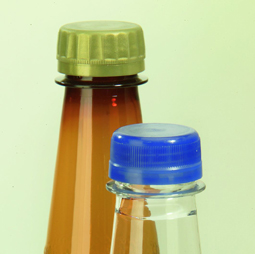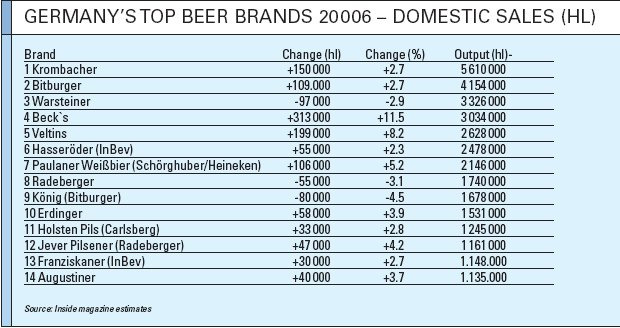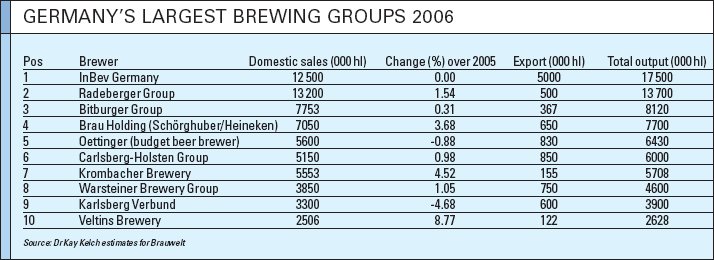It is hard to understand why it takes the Italian brewers Association, Assobirra, so long to publish its 2006 figures. After all, the association has only seven members: two maltings, Heineken Italia, Peroni (owned by SABMiller), Carlsberg, Theresianer and InBev. It should be pointed out that InBev is an importer in Italy.
The SuperShorty developed by Bericap in 2004 fits on the new short height neck standard PCO 1881 which has been recently agreed on within the International Society of Beverage Technologists (ISBT). Members of the ISBT range from brand owners, preform and closure manufacturers to filling line, capper and blowmoulding machine manufacturers.
Speedy 2002 is an automatic system for Solid Phase Extraction and filtration using either the 96 well format, cartridges or columns.
Availability, resistance to malfunctions and high efficiency are vital considerations for bottle washers. Since bottle washers rank among the most cost-intensive pieces of equipment in a line, Krones AG, Neutraubling, Germany, has developed a new plate heat exchanger system called Variotherm, designed to reduce the heating costs involved.
In a research note, Lehman said that within the overall consumer space, it retained its negative sector views on tobacco and food.
Designed and presented by some of the industry’s most experienced educators, the two-week WBA Concise Course provides students with comprehensive training in brewing technical theory, the dynamics of brewery operations, and the science behind the creation of consistently excellent beer.
According to a news release, this year’s Pianeta Birra Beverage & Co presented a completely renewed format to respond in a more incisive manner to changing market requirements. The show stood out for its 53,000 sq m of total expo space, as well as the number of exhibitors: over 450. There were eight sections on show: “Le Birre” (beer), “Le Acque” (mineral water), Espresso & Hot Drinks, “Disseta” (Fruit juices and cordials, soft drinks, energy drinks), “Gocce di Vite” (spirits and wines), “Berebio” (organic beverages), “Equipment” and “Pub Snacks”.
That is 40 000 hl more than in the previous year. Augustiner now ranks as Germany’s 14th most popular beer brand.
Until a successor will be found, Frank Steffens, off-premise Sales Director, will be interim president.
The first major international brewing convention and exhibition to be held in the UK for more than 10 years announces an exciting Programme outline and confirmed Speakers, concentrating on the wider issues of world class manufacturing and supply chain.






